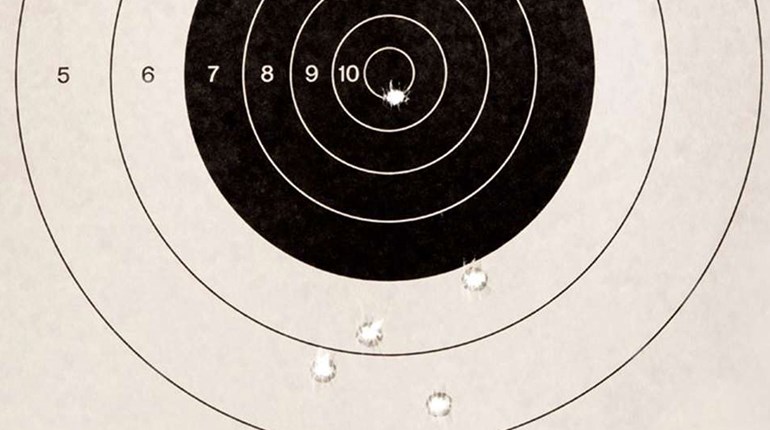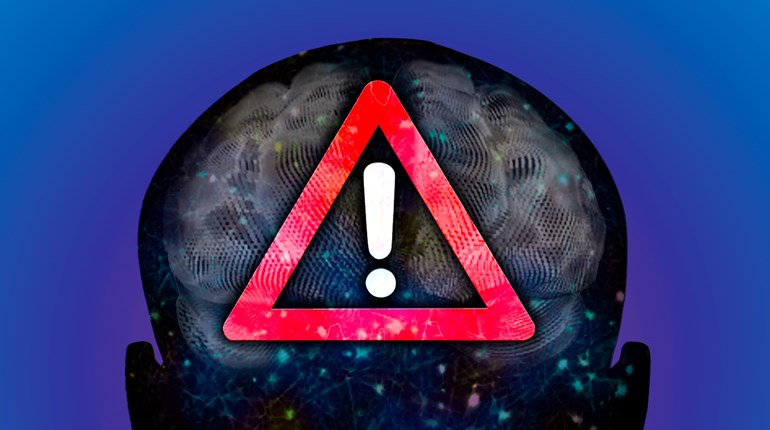
The Problem:
You are a new shooter trying to glean all the information possible from individuals who know more than you do because they have been shooting longer than you. The way to handle and hold the gun has been fairly consistent from one person to the other, as well as how to use the sights to aim at the target. One of the most-confusing aspects in listening to people talk and give advice is how to operate the trigger.
Most often you are told that you should slowly squeeze the trigger, taking your time until the gun finally goes off. You guess that’s OK—unless you are in a hurry. On the other hand, you are told just to slap the trigger when the gun doesn’t go off fast enough. In either case, your hits on target have been less accurate than you had hoped. You have also been told to press the trigger, which makes no sense because when you press a button it is done in the opposite direction than the trigger is supposed to go. What did make sense was when one of the better shooters told you to just pull the trigger smoothly, which caused an argument between he and two other shooters over the usage of the word “pull,” leaving you totally confused.
The Solution:
Interestingly enough, your question is one that is debated over and over by handgun and long gun shooters alike.
Some descriptions regarding trigger manipulation communicate what the end result should be much better than others.
For instance, I never use the term “squeeze” when referencing trigger operation because to many people it infers that it is permissible to tighten the grip as the index finger moves the trigger. This almost always causes the gun to move on the target before the bullet exits the muzzle, resulting in a hit other than where expected.
Although the word “press” is popular in describing trigger movement in many circles, it can be misleading and initially confusing to people new to shooting. “Press” can be defined as exerting continuous physical force on something (the trigger) in order to operate a device or machine (the firearm). To some, this is confusing simply because most of the things we press, a button to change floors in an elevator for example, are done by applying force away from us, not toward us. This usually creates the need for an additional explanation as to what was really meant by using the word “press.”
The word “pull,” defined as to exert force on an object (the trigger) moving it (in line with the gun) toward oneself or the origin of the force (the hand), is a simple and understandable means of describing trigger movement to fire a gun. Although many shooters find the term “pull” repulsive when describing trigger movement, it does, by definition provide a better meaning to the beginner as to how a trigger should be controlled for accurate shooting.
“Manipulate:” to handle or control a tool (gun) or mechanism (trigger) in a skillful manner is another term sometimes used and useful in describing trigger movement.
The word “operate,” defined as controlling the function of a machine, can be used as a term related to trigger control, but only after it is understood how the trigger should be handled to achieve the desired result.
To “slap” a trigger means to apply force quickly and forcefully, usually giving up a bit of precision for the benefit of speed. This usually pertains to shooting a shotgun, but can be used effectively by highly skilled shooters with rifles and handguns when maximum speed is required.
Regardless of what anybody calls the movement of the trigger causing the gun to fire, consider that the objective of shooting is hitting the target. All that needs to be done is to stabilize the sights on what you want to hit and pull, press, slap, manipulate or operate the trigger to fire the gun without affecting the relationship of the sights to the target. Using that simple technique, a satisfactory hit will be accomplished.
It’s all about clear and accurate communication in addition to understanding what is being communicated that leads to the best performance.






































